Sedum prominent: varieties, characteristics, application
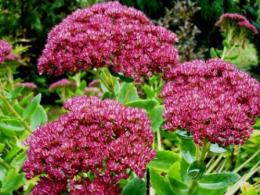
This flower is also affectionately called sedum wonderful. If you plant this plant alone, without supplementing it with other species, it is difficult to achieve the effect of brightness and liveliness of the landscape. But a flowerbed, mixborder or sand and stone area with sedum and other similar succulents will not only please the eye, but will also free you from excessive worries about caring for the plantings.
Content:
- Sedum prominent from a botanical point of view
- The most common varieties of prominent sedum
- How to properly care for sedum
- How does sedum reproduce?
- Application options in landscape design
- Medicinal properties of the plant
Sedum prominent from a botanical point of view
There are two options for the origin of the name sedum. From the Latin verb sedere (to sit) - the sedum leaves sit close to the shoots, as they do not have petioles. In addition, the plants spread so softly on the surface that they form continuous carpets, unique in their delicacy. Another version of the origin of the name is also Latin. The word sedo translates as “to subside.” This hypothesis is connected with the fact that certain types of sedum have long been used as a means calming pain syndromes.
Sedum belongs to the largest genus of Crassulaceae. This is a succulent famous for its unpretentiousness and ability to survive even in the mountains and very dry areas.
Blooming sedum is a prominent species, the most common in our gardens, and can be proud of its luxurious inflorescences, the diameter of which reaches 15 cm.In nature, purple, lilac and pink caps are crowned with tall shoots reaching half a meter; garden varieties of sedum can grow up to 80 cm. Their dense plantings, with their softness and beauty of shades, resemble magnificent paintings.
Not only the flowers attract attention, but also the leaves of the plant themselves. They are juicy, fleshy, densely cover the stems, giving them their color - from green to dark burgundy with a grayish coating.
Sedums begin to bloom by July, then the umbrella-type inflorescences still have greenish, inconspicuous flowers and are distinguished mainly by the decorativeness of the leaves.
But by the beginning of autumn they acquire their brightest colors and continue to color the gardens among the fading plants. The prominent sedum is not afraid of even slight frosts, so it is loved by gardeners who decorate their plots for the long term.
The most common varieties of prominent sedum
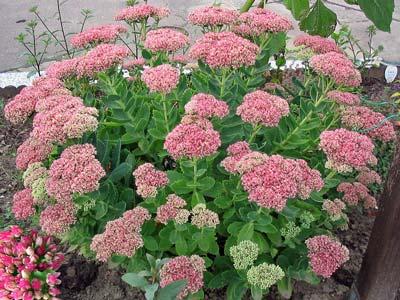
For a long time, varieties of prominent sedum have been cultivated in gardens, known for their ability to maintain decorative properties for a long time:
- The "Diamond" variety with light foliage and pink flowers blooms from September to October.
- Star dust, a shorter variety - up to 35 cm. The inflorescences are white cream in color and appear on the plants in August.
- The Karl variety is distinguished by its high frost resistance. Its shoots can be preserved in an unchanged bright form in the garden until the thaw.
- White flowers crowned with stems of sedum variety "Iceberg".
- Tall stems and bright red inflorescences distinguish the Carmen variety, which is very popular among sedum lovers.
- "Frosty Morn" stands out among other varieties with its festive white-green leaf color.
- The Diamond Edge variety is very beautiful in garden decoration. Its dark green leaves have cream markings along the edges. The flowers are light pink.This variety is small compared to others - the average height of the stems is 25–30 cm.
How to properly care for sedum
Sedum prominent, like all succulents, is a very unpretentious plant. But lighting plays an important role in its decorativeness. With a lack of sunlight, the brightness of the color is lost, and flower stalks may not appear at all. Shading is acceptable, but not intense. Although species such as false sedum are very happy about the absence of direct sunlight.
The best soil option for the main types of sedum is sand, slightly fertilized with compost. Humus is introduced very sparingly. There is no need to apply mineral fertilizers.
The list of unpretentious requirements of the plant is crowned by rare watering. Sedum is wonderful - very drought-resistant. Watering is required only for very young plants or during periods of long absence of rain.
Sedums can grow for up to several years without transplanting, but every few years they need to be recutted to maintain an even carpet. Plantings of varieties not resistant to frost are “rejuvenated” by adding fresh substrate and removing old shoots. In the spring, carpets can regenerate without outside help through self-seeding.
How does sedum reproduce?
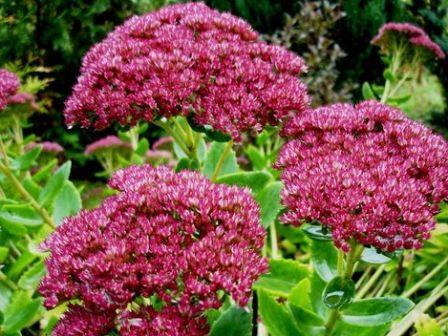
The most inexpensive method of propagating sedum is cuttings. Even the smallest plants can take root on soil prepared for planting without any problems. shoot trimmings. Prepare shoots for planting before the onset of cold weather. Pieces of stems with flowers are cut and stored in a warm place without access to moisture. After approximately 40–45 days, thin roots of new shoots will begin to appear in the axils of the leaves, which have already dried out.
A little later, when the small plants develop up to 5 cm, they are carefully broken out and rooted in boxes with suitable soil. Room temperature, light watering and sufficient lighting will help the cuttings grow well by the time they are planted in a permanent location in the spring.
Application options in landscape design
Our gardens are decorated with a wide variety of plants. Many of them require tireless attention, financial (for fertilizers, for example) and physical costs. That is why bright, unpretentious flowers are especially valued by gardeners who want to make their plot beautiful, well-groomed, and not require excessive labor.
Sedum meets all the desires of lovers of landscape and decorative art. The main thing is that it is equally good in flower beds, borders, and rocky gardens. It can be integrated into both rural realities and the landscape of country mansions without any loss to the attractiveness of the garden:
- Rockery. A very popular way now to decorate even the smallest garden. Both low-growing and tall varieties of sedums are beautifully planted in wooden or rocky containers. The best part is that such beauty can be moved around the site if the containers with plants are made mobile.
- Border. Tall varieties of sedum look great in borders framing certain functional areas of the site. When combining plants with flowers of different shades, sedum fully justifies one of its names - “wonderful”.
- Flowerbed. In the design of flower beds Both ground cover and tall varieties of sedums are used. Their endurance in urban environments is highly valued - plants are not afraid of a polluted atmosphere.
- Rock gardens.Sedum, by nature accustomed to rocky and arid soils, looks very organic in all gardens that require the presence of stones. It will decorate an alpine hill, a hillside, and a flat area. Stones will only emphasize the beauty of an unusual plant.
Medicinal properties of the plant
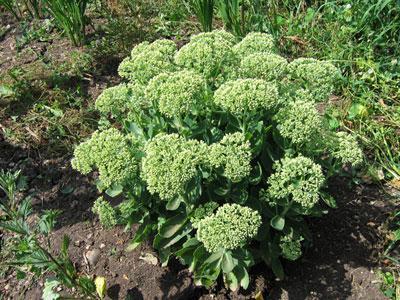
Traditional medicine offers different types of sedum for the treatment of many diseases. During the season of collecting a medicinal plant, it is very important not to confuse it with similar species, since each variety has its own purpose. Among them there are also poisonous ones - caustic sedum.
Sedum is used in folk practice in the form of ointments, poultices and infusions. These remedies help cope with such common ailments as ischemia, epilepsy, and gastrointestinal dysfunction. It also has a good effect in the treatment of trophic ulcers, burns, and bone fractures.
All sedums contain substances that help relieve pain, stop bleeding, lower blood pressure, calm the nervous system, remove toxins. You just need to remember that contraindications are malignant tumors and gastritis.
Simple propagation of sedum visible in the video:
Interesting information about the vegetable garden


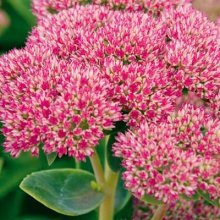
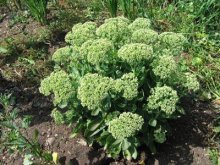
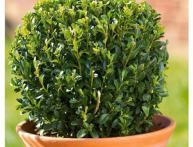
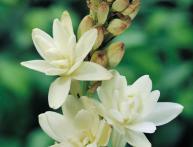
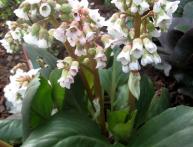


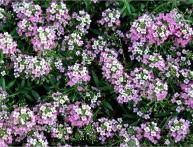
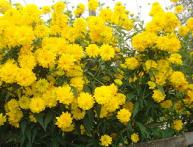
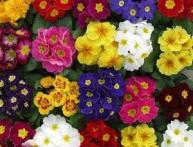
Comments
I saw white, orange, with a yellow tint, but I didn’t see pink ones. They are just more beautiful than the rest. It would be nice to plant in circles to create the effect of colored rings.
In our country, on the contrary, the most common ones are pink varieties, or rather, it seems to me that they are one variety. You can find quite a few flower beds around the city. on which sedum with pink flowers grows.It looks beautiful when the bush is already large - with a whole cap of fluffy flowers.